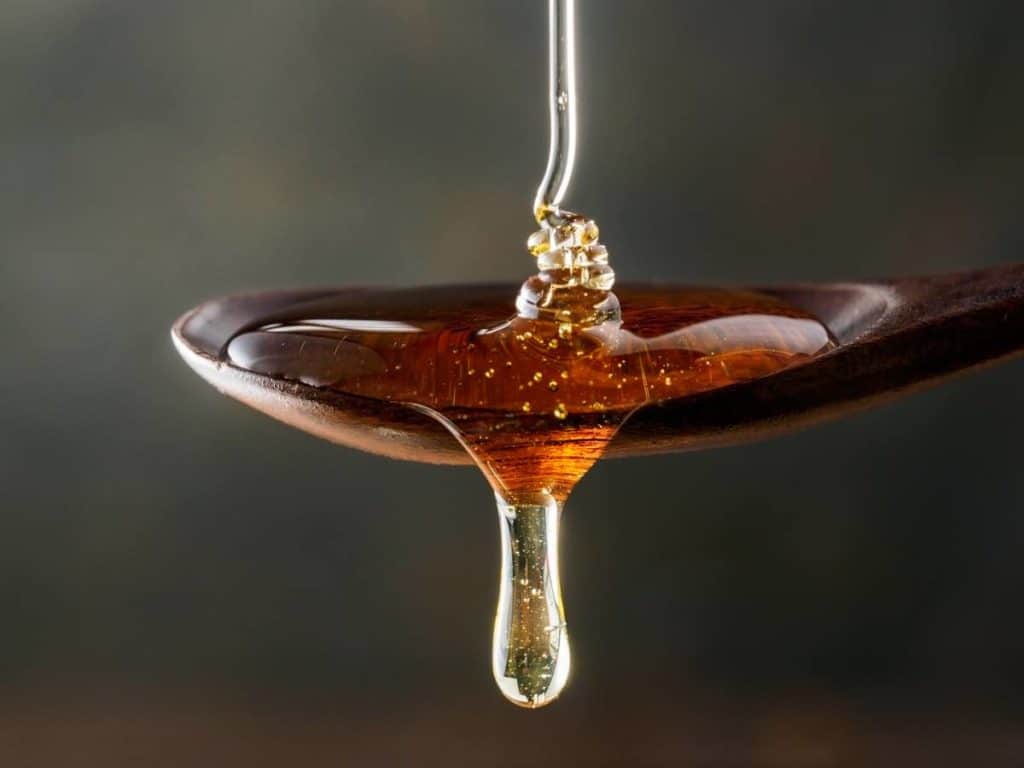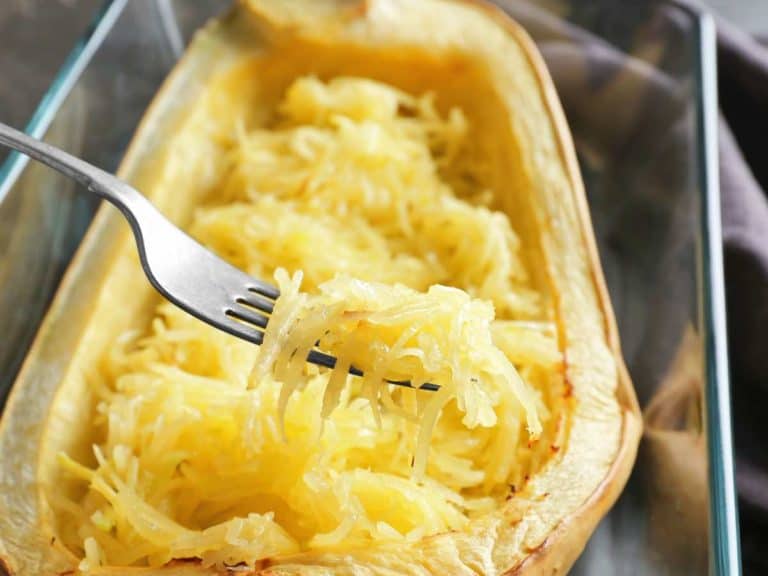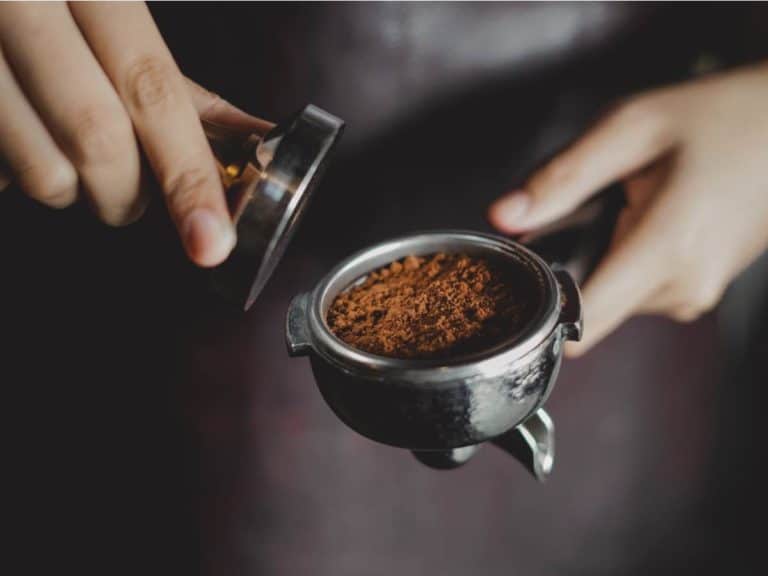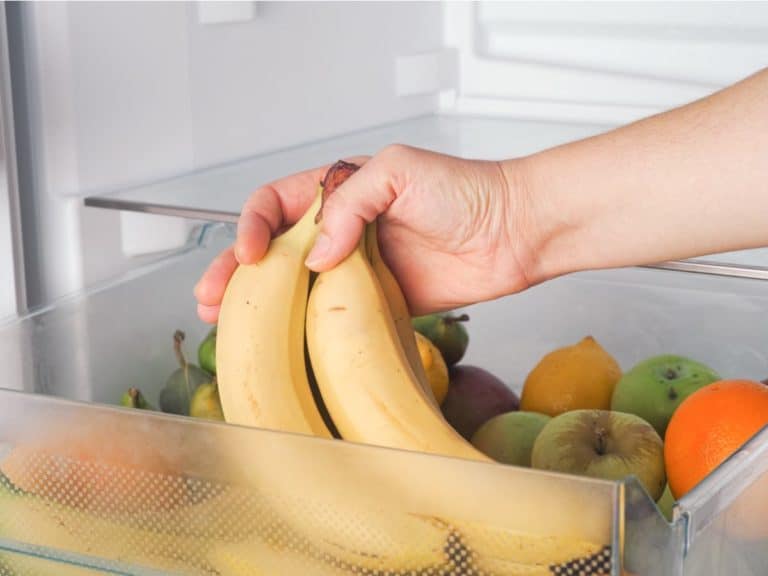How To Keep Honey Liquid in 6 Steps
Honey hardens naturally over time because the liquid changes into crystals of sugar. Though you cannot permanently halt honey from crystallizing, there are ways on how you can slow down the process. Luckily, it’s really simple to melt those crystals away, here’s a great tip.
Always store honey at room temperature to slow down crystallization. Keep the temperature somewhere between 70 to 80 degrees Fahrenheit. Do not keep it in the refrigerator; instead, place the honey in an air-tight glass jar or bottle and place it in dark areas.
But before you go with the other ways, you might be wondering why does honey crystalize and the types of honey that crystallize slower.

Why Does Honey Crystallize?
Since honey is a supersaturated solution composed of glucose, water, and fructose. As time goes by, the glucose molecules will naturally fall out of the solution and attach to available nuclei, leading to crystals.
In other words, honey is a sugar solution, wherein there’s too much sugar to remain dissolved in the water for a longer period. Eventually, some of the sugar, the glucose, separates and attaches to small bits of bee pollen, beeswax, or propolis in the honey, forming crystals.
The end product is either honey in a semi-solid state, together with the other ingredients suspended inside of the sugar crystals, or a jar filled with honey that is completely solidified.
Here are some important takeaways you should remember:
- The honey crystallizes over time naturally
- Glucose is the sugar that forms into crystals
- The glucose attaches to small, solid “stuff” in the honey to create crystals
- Crystallized honey is still honey, but is no longer in its liquid form
Types Of Honey That Crystallize Slower
One way to prevent the crystallization of honey is to buy honey that’s slowly crystallized.
Heavily processed honey

If the glucose attaches to small pieces of their stuff in honey, it means that removing most of the stuff can actually slow down the crystallization.
That is definitely true, and is one way to slow down the honey from crystallizing: buy pure honey. Unfortunately, it also means that buying honey without most of its nutritional and health benefits.
Raw honey is the type that beekeepers harvest from beehives, containing small pieces of propolis, pollen, and beeswax. Even though those small particles are what glucose attaches to and forms crystals, they also offer the benefits of honey.
Once the honey was moved from the beekeeping to the processing stage, they heavily filter it before bottling and selling it. One of the major reasons is to prevent the honey from crystallizing on store shelves. After all, buyers will be more likely to buy fresh, golden honey in a liquid state, instead of crunchy, hardened honey.
So buying the store honey that has been heavily processed can avoid rapid crystallization. It will not contain the solid raw goodies and the vitamins, minerals, and beneficial enzymes that are diminished by the high heat of pasteurization.
Here are some good brands of pure and unfiltered:
- Nature Nate’s 100% Pure, Raw, and Unfiltered Honey
- USDA Organic Mountain Ridge 100% Pure Raw Honey
- McCoy’s Raw Honey – Pure All Natural Unfiltered and Unpasteurized
Honey with the lower glucose content

Because the glucose is the one that falls out of the solution and crystallizes, it means that buying a type of honey with higher fructose and lower glucose content means slower crystallization.
There are varieties of honey, like acacia and tupelo honey that have relatively low glucose content compared to most types of honey. Therefore, buying the right type of honey can minimize crystallization in the first place.
But if you are determined to buy the healthiest manuka honey, despite having a higher glucose content, then buying tupelo honey may not be a solution for you. Meanwhile, if the variety is not that important to you, checking the fructose/glucose content allows you to purchase honey that can stay on the shelf for months or years without hardening.
Here are some brands of honey with lower glucose content:
- Acacia Raw Honey (10.5 Ounce); Natural Wildflower Honey from Rep. of Georgia – by Mira Nova
- Sleeping Bear Farms Tupelo Honey
- Smiley Tupelo Honey Raw and Unfiltered
How to Keep Honey From Crystallizing
Here are some tips on how to slow down or prevent experiencing hardened honey:
Pour unfiltered honey through a 300-micron filter
Honey that you purchase in the store is quite often sifted as of now. Nonetheless, if you bottle your honey or you got it from a neighborhood rancher, it very well might be “crude” or unfiltered. Put a 300-micron filter over the highest point of a glass container, and pour your honey through it. The filter will get dust and other particles.
Keep Honey In A Sealed Glass Container
Plastic allows for more dampness, which prompts crystallization. In case you’re packaging your own honey, put it into a glass container and seal it firmly. If you purchase honey in a plastic compartment, consider moving the honey into a glass jar.
Your glass container needs to be clean and dry before you put the honey in it.
Related Article: Top 9 Best Leak-Proof Food Storage Containers
Store your honey in a cabinet at room temperature
Cool temperatures speed up honey crystallization, so don’t keep your honey in the fridge or in a cold basement. Temperatures under 50 °F (10 °C) will cause your honey to crystallize faster.
- Try not to store the honey at a temperature over 81 °F (27 °C), because might make the honey ruin.
Avoid using plastic holders
You shouldn’t warm up plastic, so if your honey is in a plastic holder, scoop it out and put it in a glass container.
In case you’re experiencing difficulty getting the honey out of the plastic since it’s so solidified, cut it into the holder with some scissors.
It doesn’t make any difference if wreck the plastic bottle, since you’re moving the honey to another compartment anyway.
Place your honey in the bowl of water for 30 minutes
The water line should cover the honey however be underneath the lid so that no water sneaks into the container. Leave the container in the water for around 30 minutes as the water cools and the honey warms.
If the honey is still not liquified following 30 minutes, warm up the water again and put the honey in for another half hour.
Avoid heating honey in the microwave or directly on the stove
Microwaving your honey can obliterate valuable enzymes. You should likewise try not to open your honey to direct heat, for example, by putting it straight on the stove.
If you prefer microwaving your honey, just put it in for 30 seconds all at once.
How To Decrystallize Honey?
Solidified honey is flavorful when utilized as a spread on bread, sprinkled into yogurt or over natural product, or used in the recipe(its consistency is simpler to work with and strong honey has a richer flavor).
However, it’s not difficult to take solidified honey and transform it back into the gooey, yummy fluid you expected when you opened the pantry to get the honey container. The cycle is called decrystallization.
Ensure the crystallized honey is in a glass container (plastic will not work for this reason) and put it into a warm water bath, made by warming water in a pot on the stove.
Mix the honey consistently, and inside 30 minutes, you’ll have lovely fluid honey once more. (Do not allow the water bath to get excessively hot. The high temperatures made by a boiling water bath will harm the honey.)
Liquid honey is perhaps the most delectable substances nature has ever created yet solidified honey tastes the same. So don’t fear the solid stuff you find in your honey container; it’s still the same great honey you initially purchased.





